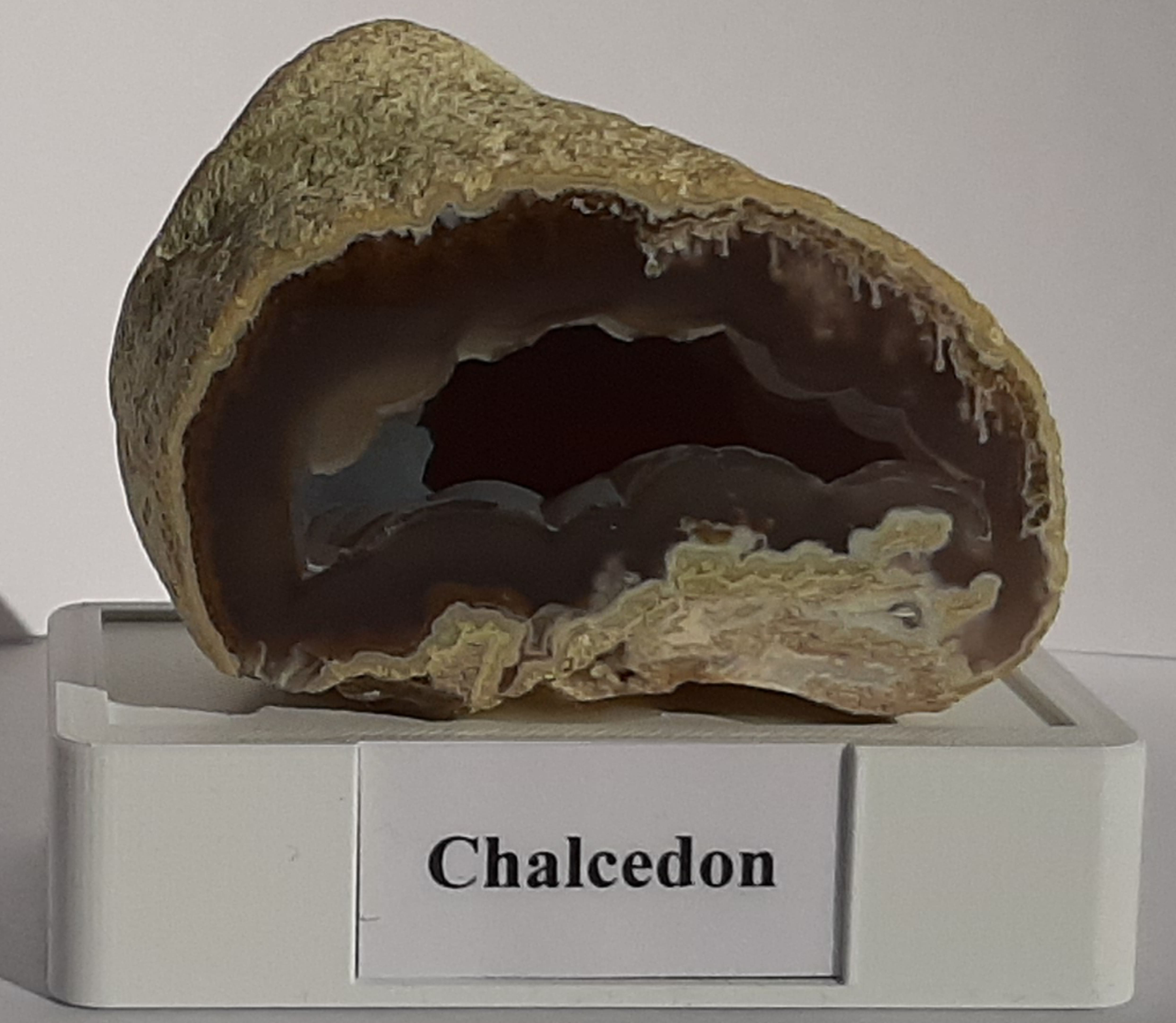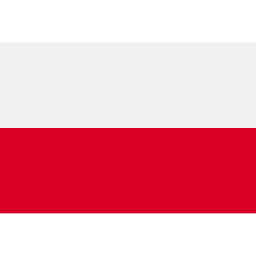
Chalcedony
silicates
2.65 g/cm3
trigonal
lack
SiO2
colourless, white, brown, green, blue
6.5 to 7 on the Mohs scale
waxy, greasy
Chalcedony occurs in volcanic rocks such as melaphyres, basalts, rhyolites, andesites, dacites; it is a product of the weathering of serpentinites, sometimes resulting from the recrystallization of opal; occurs all over the Earth, in countries such as Uruguay, Brazil, Saudi Arabia, Russia, Kazakhstan, Mongolia, Canada, Scotland, South Africa, USA, Slovakia, Germany, Romania, Iceland; in Poland it is also found in the vicinity of Szklary, Złotoryja and Lwówek, Wałbrzych
Chalcedony is a popular mineral from the silicate group, it is one of the main varieties of silica; often forms veins, geodes, and sometimes concretions; it is a component of many rocks, e.g. chalcedonites, jaspers, lidites, flints; characterized by a waxy and greasy shine, lack of cleavage and conchoidal or uneven fracture; many varieties of chalcedony are known, e.g. milky, yellow or blue, and also have their own names, e.g. agate, moss agate, chrysoprase, praz, heliotrope, carnelian, onyx, sard, sardonyx, plasma, damsonite; currently, it is a well-known and valued collector's and decorative stone used for the production of various types of jewellery, it is used to produce decorative kitchen mortars or balls for ball mills and decorative claddings
The name comes from the city of Chalkedon (then Constantinople) located on the Bosphorus; it is one of the minerals that was used the earliest, because archaeological research confirmed that it was used 8,000 years ago to produce primitive tools and was a sculptural material; chalcedony seals used to make wax sculptures were discovered by archaeologists as early as 1800 BC; chalcedony was the ideal material because the wax did not stick to the stone surface; these chalcedony seals were used in the Palace of Knossos during the Bronze Age of the Minoan people or modern Crete; chalcedony rings were discovered on trade routes in Central Asia and on traditional knife seals in ancient Afghanistan; blue chalcedony is best known for jewellery - it looks almost like a floating piece of sky carved into a ring, necklace or bracelet; chalcedony is a popular stone for carving cameos, i.e. bas-reliefs depicting scenes or portraits, contrasting layers of stone in different colours allow you to create complex and detailed designs


